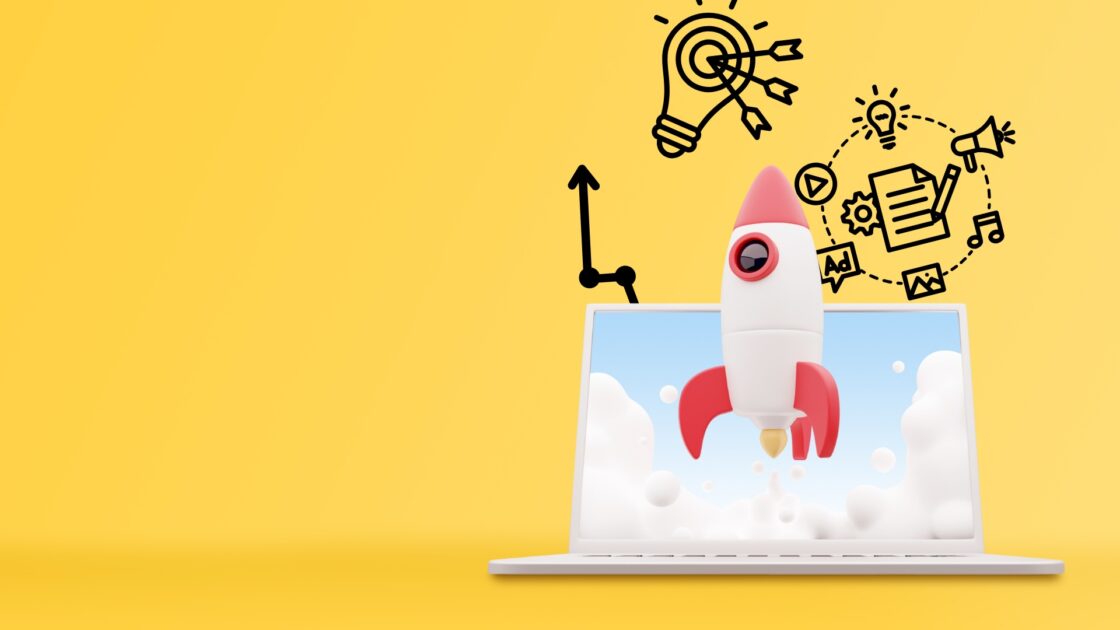Innovations In Customer Success (Revised)
Innovations In Customer Success (Revised)
This post is part of our Aventi Insights Refresh series, where we revisit some of our most-read articles to bring them up to date with today’s B2B realities.
Customer success has evolved far beyond just collecting case studies and references — it’s now a strategic growth lever, powered by analytics, AI, and lifecycle thinking. Here’s our updated take on the innovations shaping customer success in 2025.
In B2B SaaS and tech today, the sale is just the start. With subscription models, high renewal expectations, shorter product life-cycles and growing buyer sophistication, success is not a function—it’s a strategic differentiator.
The companies winning aren’t just delivering the product—they’re proactively managing outcomes, expansion, advocacy and lifecycle value. If your success program still treats customers as post-sales support, you’re leaving growth on the table.
What “Customer Success” Means in 2025
At Aventi we define customer success as everything your company does to make your customers successful and to amplify that success externally. But in 2025 this definition stretches further:
- Outcome-driven success: It’s not just about adoption—it’s about realizing business results (cost savings, revenue growth, productivity gains).
- Predictive success: Using data and AI to spot churn risk or expansion opportunity long before renewal.
- Multi-stage lifecycle success: From onboarding, value realization, to advocacy and community — success must cover the entire journey.
- Embedded GTM success: Success becomes a part of go-to-market (GTM) strategy — customers become references, co-creators, and market evangelists.
Key Innovations in Customer Success (2025 Edition)
1. Outcome Intelligence & Predictive Health Scoring
Modern CS teams are building health-score flywheels: combining usage data, sentiment, support tickets, expansion behavior and even external intent signals to drive early warning about churn or upsell potential.
- Real-time dashboards to alert when high-value customers drop below key thresholds.
- Machine learning models that identify “likely to expand” customers based on patterns of behavior.
- Integration with revenue operations (RevOps) to feed one system of truth across sales, CS, marketing.
2. Segmented & Hybrid Success Programs
Gone are one-size-fits-all CS programs. Innovative teams segment by customer size, industry, lifecycle stage, and tailor success motion accordingly.
- High-touch white-glove programs for enterprise vs. scaled digital success for SMB.
- Content & community mix evolves: customer advisory boards, peer networks, product co-innovation councils.
- Global/local considerations: segmenting by region (EMEA, APAC) ensures cultural, regulatory and business-model nuances are addressed.
3. Embedded Advocacy & Reference Ecosystems
Customer success is no longer just a “support” function—it is a growth engine.
- Build advocacy programs where customers are co-marketers and part of product feedback loops.
- Develop scalable reference systems: virtual webinars, micro-videos, customer-generated content, social snippets.
- Use referral incentives, partner success programs, and digital review platforms (G2, TrustRadius) as part of CS strategy.
4. AI & Automation for Scalable Success
Tech is dramatically shifting how CS delivers outcomes.
- AI-powered chatbots and digital assistants guide customers through onboarding, product usage, renewal preparation.
- Automated sentiment & feedback analysis from support tickets, NPS/CSAT surveys, usage logs.
- Predictive insights trigger proactive success outreach (e.g., “you triggered this behavior—here are next steps”).
- Content personalization: dynamically serving help content, nudges, and value playbooks based on customer context.
5. Success Metrics That Drive Expansion & Retention
Traditional metrics like renewal rate and NPS are necessary—but not sufficient. In 2025 CS teams also track:
- Expansion MRR/ARR (upsell & cross-sell growth)
- Product adoption rates (feature usage, time to first value)
- Time to value (how quickly a customer realizes the promised benefit)
- Reference influence on pipeline (how many deals did this customer reference influence?)
- Health-score movement over time (improvement vs. static)
Operationalizing the Innovation
Putting the ideas into action requires structure:
- Create success playbooks for different customer segments (onboarding, value realization, advocacy).
- Align CS with RevOps and PMM: success insights feed product enhancements, positioning, launch strategy.
- Build a central customer data platform (CDP) or success tool hub integrating usage, support, sentiment, revenue.
- Establish regular reference (“wins”) programs: customer webinars, peer councils, product co-creation forums.
- Use continuous improvement loops: capture learnings from expansion, churn, advocacy and feed that back into the program.
Example Use Case
Global SaaS vendor implemented a predictive health-score model combining usage, support tickets and sentiment. Within six months, they identified 15% of at-risk customers, proactively engaged them and reduced churn by 18%. At the same time, they created a peer advisory board that generated 12 new references and influenced $2M in pipeline.
This example underscores how modern CS blends technology, strategy and community to drive results.
Eight-Point Readiness Check for CS Teams
- Is your CS program tied to quantifiable business outcomes (not just NPS)?
- Do you have predictive signals and systems in place that trigger proactive success outreach?
- Are success paths segmented and tailored by customer profile and lifecycle stage?
- Is customer advocacy embedded into your success strategy (not treated as an add-on)?
- Do CS, sales, product and marketing share unified customer data and insights?
- Are you leveraging AI/automation appropriately to scale your success motions?
- Are your success metrics aligned to expansion and influence (not just retention)?
- Do you iterate on your program based on customer input, win/loss insights, and usage patterns?
Bringing It All Together
Customer success in 2025 isn’t a back-office function. It’s a strategic growth lever, from onboarding to advocacy, from renewal to expansion. The most sophisticated teams don’t just keep customers—they make customers succeed, and then turn them into active market assets.
At Aventi, we help B2B tech companies build modern CS programs that deliver measurable revenue impact, global scale and brand advocacy.
Ready to redefine your customer success program? Contact us.




